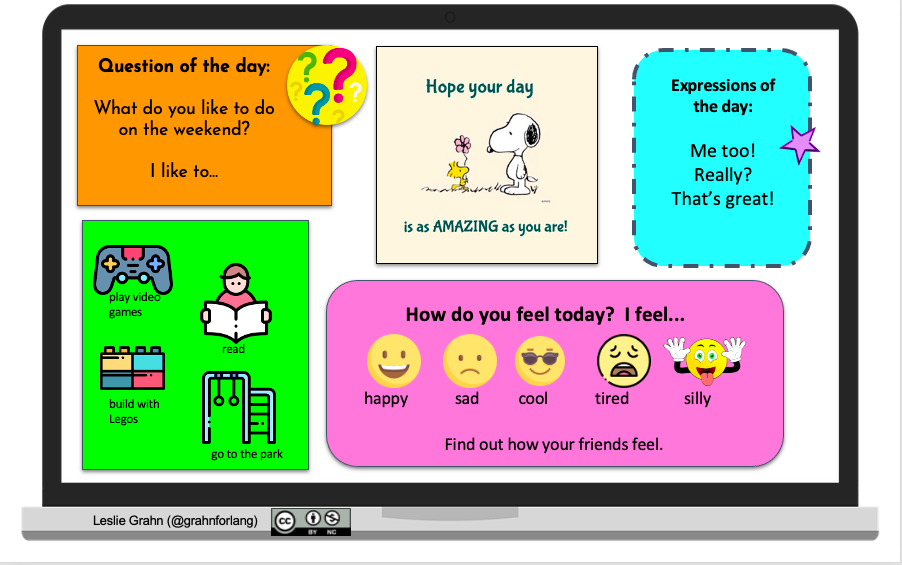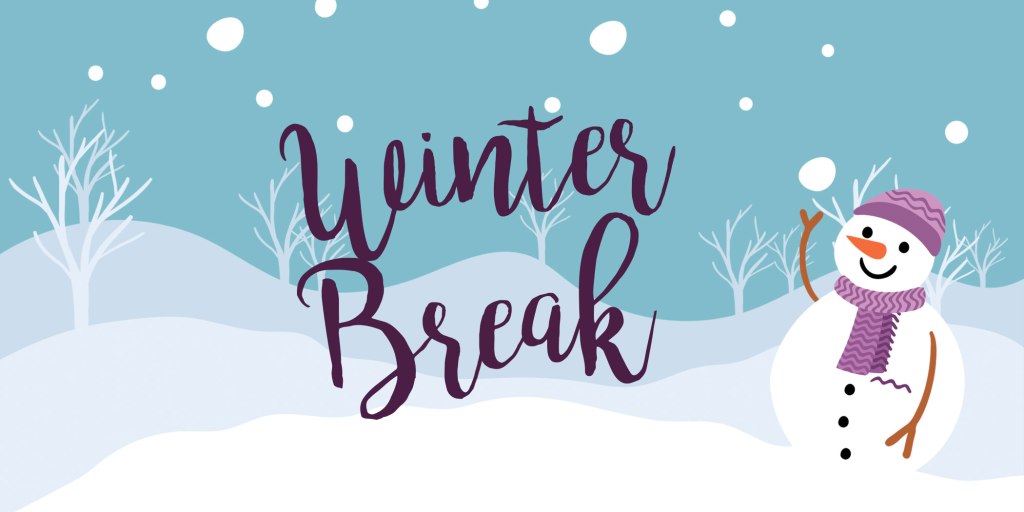fortcollinspreschool.com
As Winter Break is winding down, language teachers are planning learning experiences for their students as they reenter the classroom later this week- renewing relationships they have built with students and being purposeful about continuing to build classroom community.
We know that it is unlikely that most students engaged in language practice during break. Where do we begin?
I. Rethink asking students about what they did during winter break.
I started with this tip because I know it will be the most controversial. Not all students traveled to exotic places and participated in exciting activities during winter break. Breaks from school routine can be stressful and anxiety-producing for some students. We also do not want students to feel marginalized during these discussions. If the purpose of these types of conversations is to reactivate their use of the target language, what are some alternative conversation topics?
One suggestion is to have students reflect on their favorite memories from 2022 and set goals or make new year’s resolutions for 2023. I’ve collected lots of target language resources for you on my Pinterest board for multiple languages that can serve as whole class discussion topics, the basis for pair and small group tasks, and tools for individual reflection. It includes infographics, social media posts, games, videos and more in the target language.
For more information on this topic, check out these online articles:
Don’t Assume That Every Student Had a Fun or Warm Winter Break
Reduce Winter Break Stress for Students
II. Welcome students back with positive, encouraging messages in the target language.
From the very beginning of class on the first day back, reestablish routines such as beginning every lesson with a positive, encouraging message in the target language. It reactivates students’ thinking in the language and reminds them that they are welcome in the language classroom.
III. Restart classroom routines
It can be very reassuring to students that the classroom routines continue. Using the same slide templates and the same opening protocols assist students in reentering the classroom after break. Your opening routine might include: calendar talk, social-emotional check ins, the expression or question of the day, etc. Here is an editable slide deck you can use for your opening routine.


https://docs.google.com/presentation/d/19kk02ZzbDggd6-plHVYFBgBikKTa8xwn8c-gWR0KRMg/copy?usp=sharing
IV. Continue to conduct social-emotional check ins with your students
When you do check ins, make the experience communicative. Give students sentence starters and sentence frames to support them. Here’s the link to my Pinterest board with lots of check in ideas, some of which are winter-themed.
V. Give students lots of opportunities to reactivate their language skills
Here’s the link to my Pinterest board with lots of prompts and games to get students back in the habit of speaking and writing in the target language:
Wishing you a great restart to your school year and I hope some of these ideas are both thought-provoking and practical for you.
Additional resources for you:


